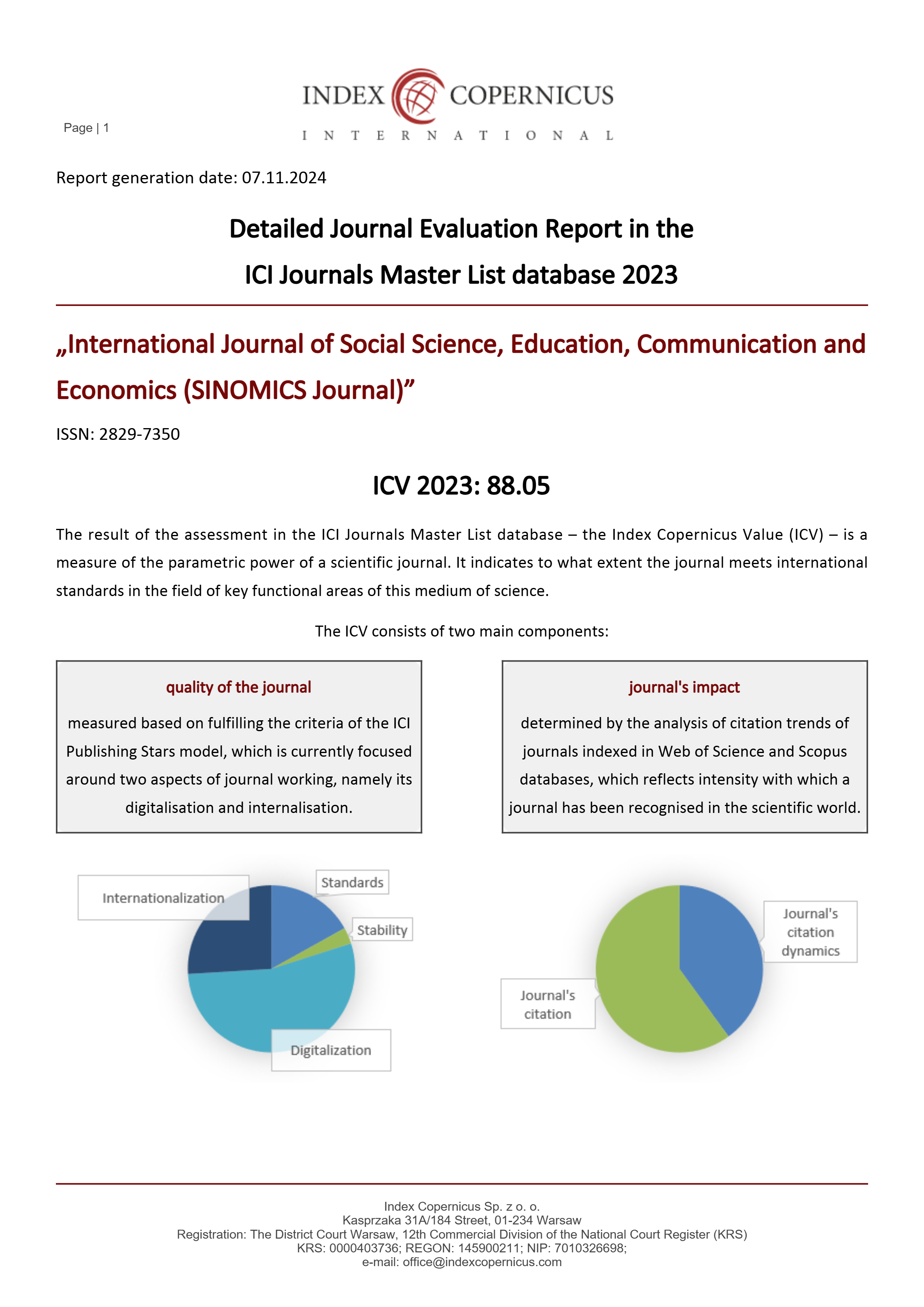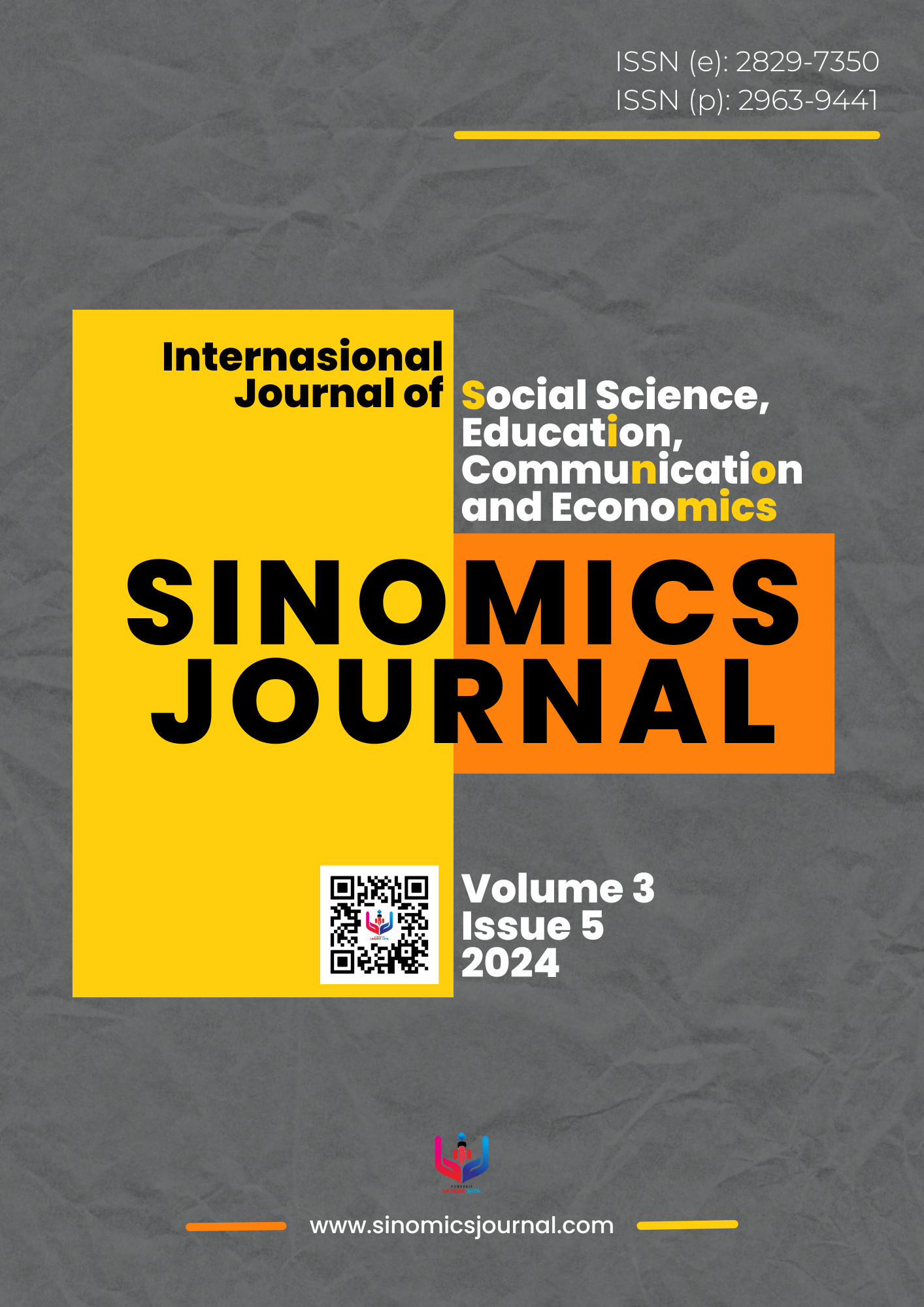The Relationship Between Resilience and Religiosity in Medical Workers During the COVID-19 Pandemic
Main Article Content
Rizqa Nailah Nahdah
Lastaida Natalia Stevani
Venessa Raulina Siahaan
The COVID-19 pandemic posed unprecedented challenges to medical workers worldwide, compelling them to face intense workloads, psychological distress, and ethical dilemmas. This study examines the relationship between resilience and religiosity among medical workers during the pandemic. Resilience is understood as the capacity to adapt positively in the face of adversity, while religiosity refers to the degree of individual religious commitment and involvement. A mixed-methods approach was employed, combining quantitative data from validated surveys and qualitative insights from semi-structured interviews. The findings indicate a significant positive correlation between resilience and religiosity, suggesting that religiosity serves as a psychological buffer, enhancing resilience levels in medical workers. The study highlights the importance of integrating religiosity and resilience-building interventions into organizational policies to support medical workers during crises. The implications of these findings for future health policies and practices are discussed.
Aldwin, C. M., & Park, C. L. (2004). Coping and physical health outcomes. Psychological Bulletin, 130(4), 601-630.
Bonanno, G. A. (2004). Loss, trauma, and human resilience. American Psychologist, 59(1), 20-28.
Connor, K. M., & Davidson, J. R. T. (2003). Development of a new resilience scale: The Connor-Davidson Resilience Scale (CD-RISC). Depression and Anxiety, 18(2), 76-82.
Diener, E., Tay, L., & Myers, D. G. (2011). The religion paradox: If religion makes people happy, why are so many dropping out? Journal of Personality and Social Psychology, 101(6), 1278-1290.
Folkman, S., & Moskowitz, J. T. (2000). Positive affect and coping during the stress process. Psychological Bulletin, 131(6), 747-775.
George, L. K., Ellison, C. G., & Larson, D. B. (2002). Explaining the relationships between religious involvement and health. Psychological Inquiry, 13(3), 190-200.
Koenig, H. G. (2001). Religion and mental health: Evidence for an association. International Review of Psychiatry, 13(2), 67-78.
Lazarus, R. S., & Folkman, S. (1984). Stress, appraisal, and coping. Springer Publishing.
Mashudi, E. A. (2016). Konseling Rational emotive Behavior dengan teknik pencitraan untuk meningkatkan resiliensi mahasiswa berstatus sosial ekonomi lemah. Psikopedadogia, 5(1), 66-78.
Pargament, K. I. (1997). The psychology of religion and coping: Theory, research, and practice. Guilford Press.
Park, C. L. (2005). Religion as a meaning-making framework in coping with life stress. Journal of Social Issues, 61(4), 707-729.
Ryff, C. D., & Singer, B. H. (2003). Flourishing under fire: Resilience as a prototype of challenged thriving. Psychological Inquiry, 14(1), 1-28.
Seligman, M. E. P. (2011). Flourish: A visionary new understanding of happiness and well-being. Free Press.
Smith, B. W., et al. (2008). The brief resilience scale: Assessing the ability to bounce back. International Journal of Behavioral Medicine, 15(3), 194-200.
Southwick, S. M., et al. (2014). Resilience and mental health: Challenges across the lifespan. Cambridge University Press.
Strawbridge, W. J., et al. (2001). Religious attendance increases survival by improving and maintaining good health behaviors. American Journal of Public Health, 91(12), 2144-2149.
Thoresen, C. E., & Harris, A. H. S. (2002). Spirituality and health: What's the evidence and what's needed? Annals of Behavioral Medicine, 24(1), 3-13.
Ungar, M. (2008). Resilience across cultures. British Journal of Social Work, 38(2), 218-235.
Wagnild, G. M., & Young, H. M. (1993). Development and psychometric evaluation of the resilience scale. Journal of Nursing Measurement, 1(2), 165-178.
Walsh, F. (2003). Family resilience: A framework for clinical practice. Family Process, 42(1), 1-18.
Werner, E. E., & Smith, R. S. (1992). Overcoming the odds: High-risk children from birth to adulthood. Cornell University Press.
Wong, P. T. P. (2010). Meaning therapy: An integrative and positive existential psychotherapy. Journal of Contemporary Psychotherapy, 40(2), 85-93.
Yehuda, R. (2006). Resilience and vulnerability factors in the course of adaptation to trauma. Clinical Psychology Review, 26(2), 277-295.
Zinnbauer, B. J., & Pargament, K. I. (2005). Religiousness and spirituality. In Handbook of Positive Psychology, 146-157.
Zuckerman, A. J., et al. (2004). Understanding resilience. Journal of Adolescent Health, 35(1), 20-27.
Zimmerman, M. A., & Arunkumar, R. (1994). Resiliency research: Implications for schools and policy. Social Policy Report, 8(4), 1-17.










